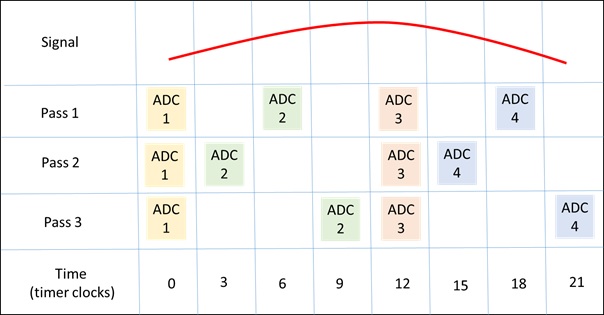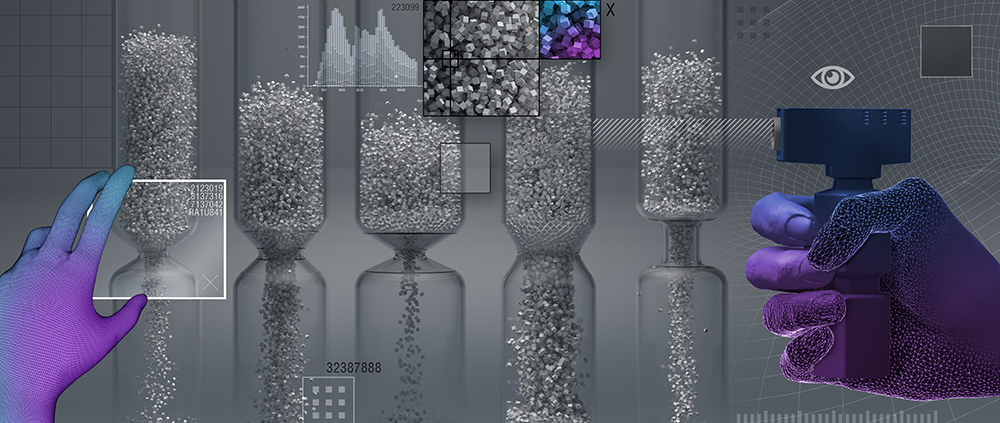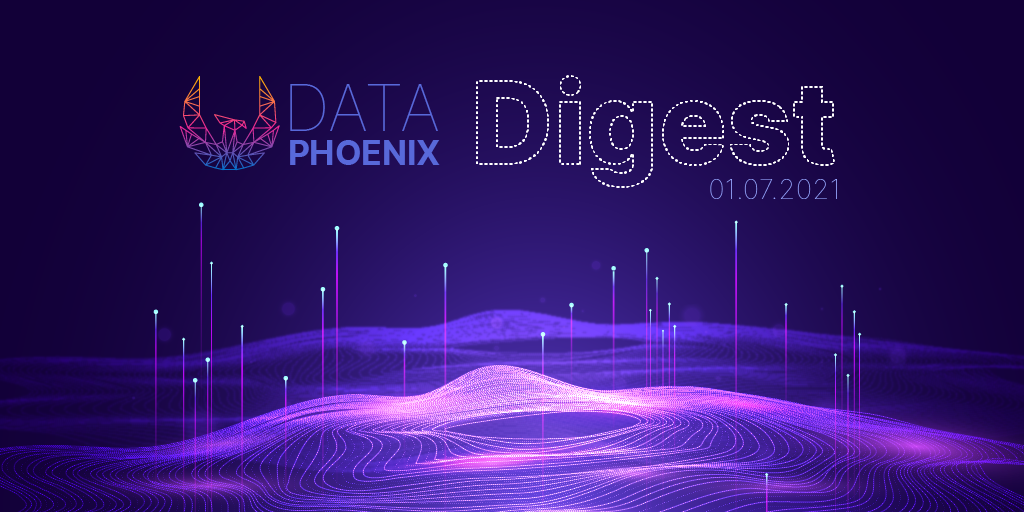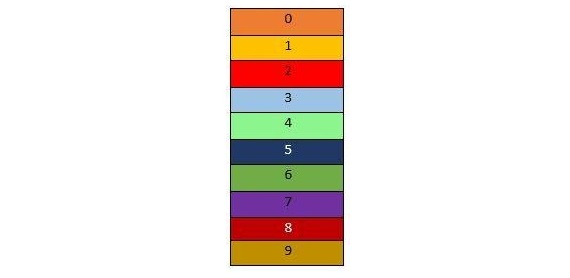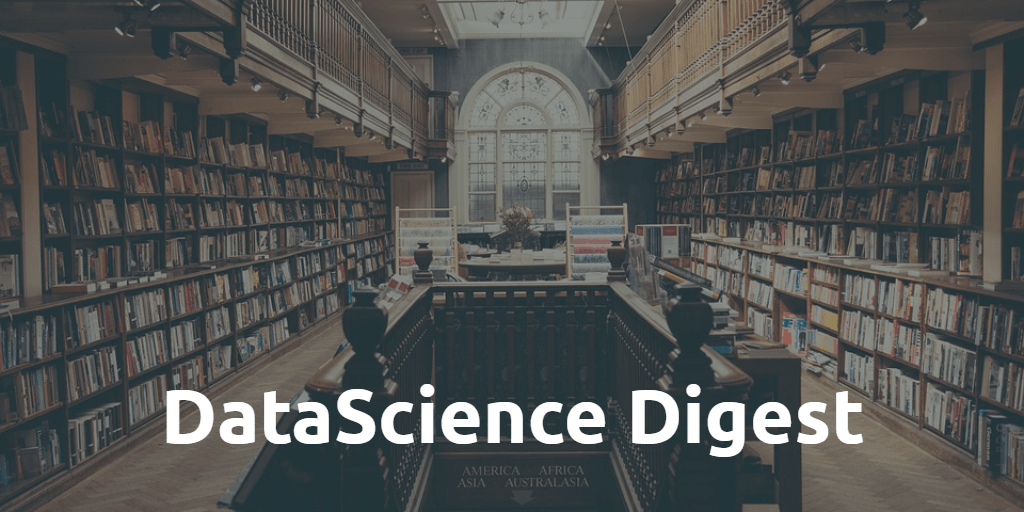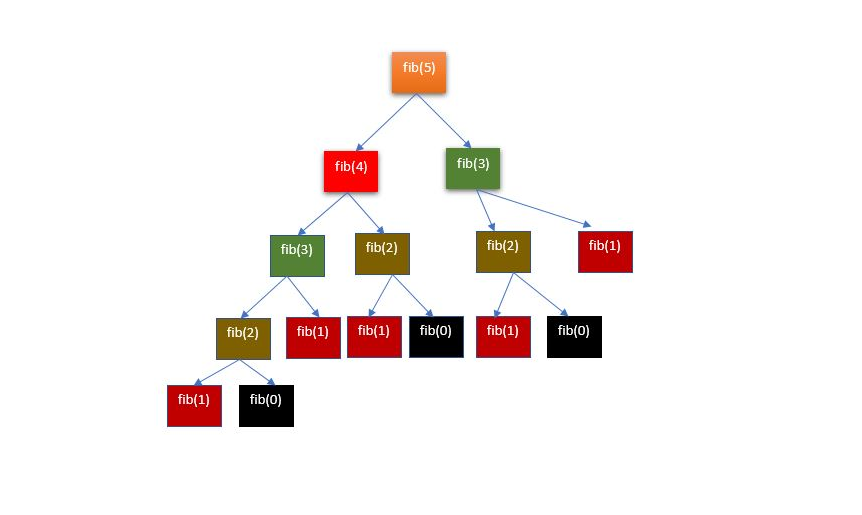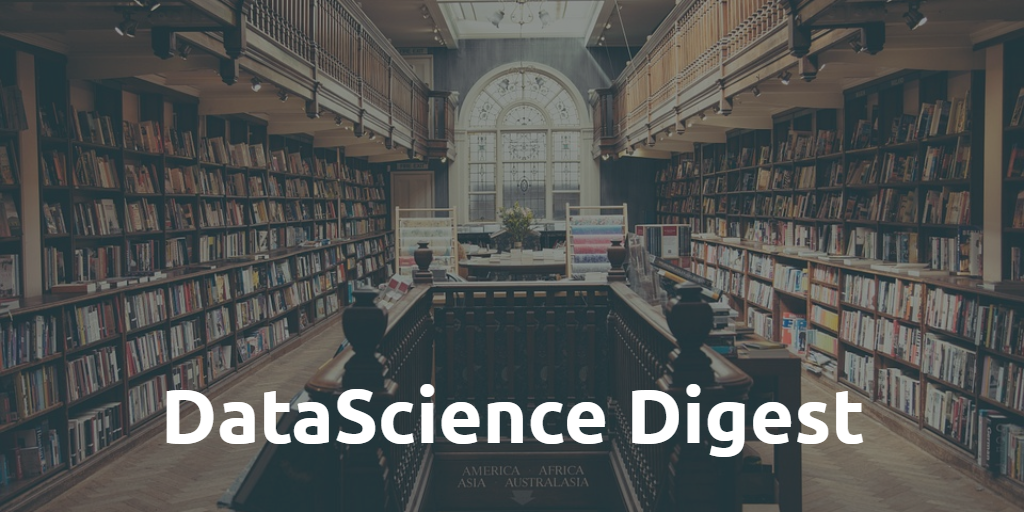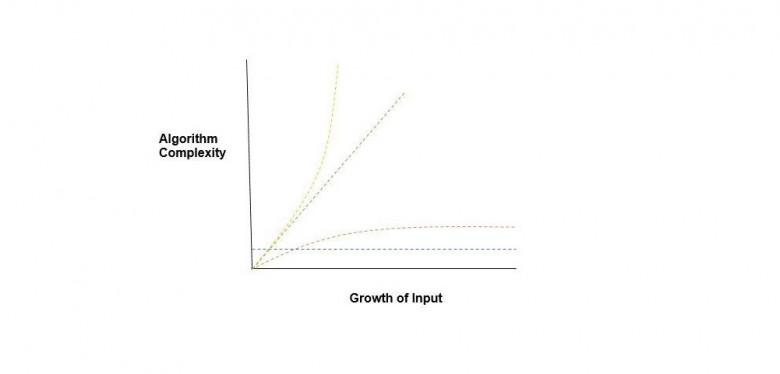
In [1,2,3] texts (sign sequences with repetitions) were transformed (coordinated) into algebraic systems using matrix units as word images. Coordinatization is a necessary condition of algebraization of any subject area. Function (arrow) (7) in [1]) is a matrix coordinatization of text. One can perform algebraic operations with words and fragments of matrix texts as with integers, but taking into account the noncommutativity of multiplication of words as matrices. Structurization of texts is reduced to the calculation of ideals and categories of texts in matrix form.



